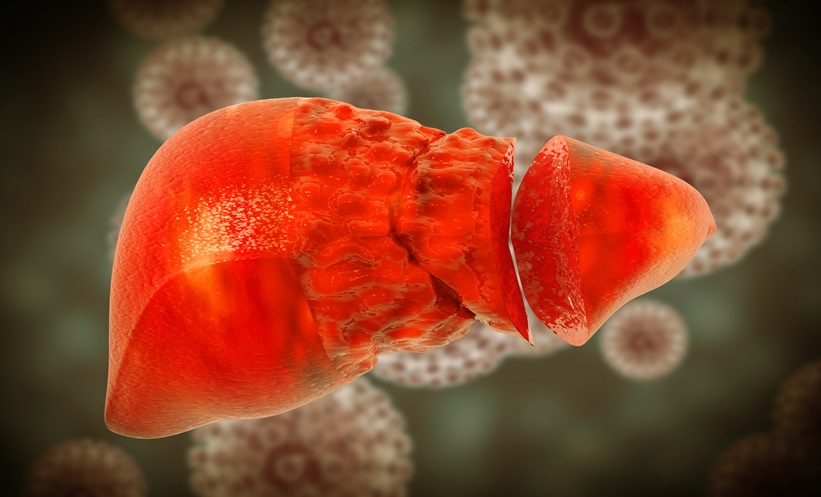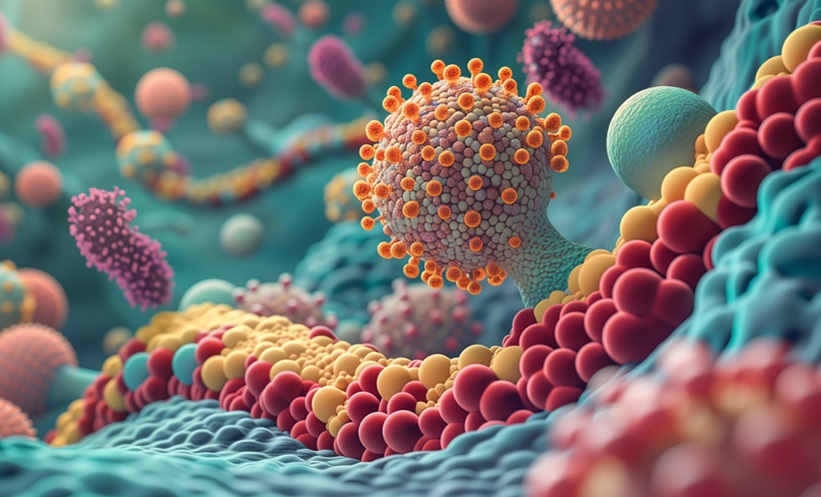INTRODUCTION
Hepatocellular carcinoma (HCC) can be diagnosed noninvasively in high-risk patients by means of contrast-enhanced imaging. The enhancement pattern considered typical of HCC is defined as arterial phase hyperenhancement, followed by contrast washout in the portal venous or late phase.1 More recent studies suggest that washout in HCC is of mild intensity and often occurs in the late phase (after 4–6 minutes); in particular, well-differentiated HCC may show no washout at all. Contrast-enhanced ultrasound (CEUS) has a high diagnostic accuracy for the differential diagnosis of HCC.2-5 However, standardisation of the CEUS examination procedure is insufficient, and CEUS-based diagnosis is often accused of being subjective. Recently, standardised CEUS-algorithms (Erlanger Synopsis of Contrast-enhanced Ultrasound for Liver lesion Assessment in Patients at risk [ESCULAP], Contrast-Enhanced Ultrasound Liver Imaging Reporting and Data System [CEUS LI-RADS®]) have been developed to improve the interpretation and reporting of CEUS in HCC-suspect lesions.6-8 However, these algorithms have not yet been validated prospectively in a clinical setting.
BACKGROUND AND AIMS
Here the authors initiated a prospective, nation-wide, multicentre study, funded by the German Society for Ultrasound in Medicine (DEGUM), intended to improve the standardisation of the CEUS examination procedure, and assess the diagnostic value of CEUS and the new standardised CEUS-algorithms for the noninvasive diagnosis of HCC.
MATERIALS AND METHODS
Patients at risk for HCC, with histologically proven focal liver lesions, upon B-mode ultrasound imaging were prospectively assessed with CEUS following standardised examination protocols in 43 German centres. Clinical data, findings from B-mode ultrasound, CEUS, categorisation according to the CEUS algorithms ESCULAP and CEUS LI-RADS, and histology were entered into online entry forms. CEUS-based diagnosis was compared to histology as the reference standard.
RESULTS
The study prospectively enrolled 395 patients (male/female: 329/66; mean age: 67.2±10.5 years; liver cirrhosis: 76.5%). Mean tumour size was 57.6 mm (range: 5–200 mm; <2 cm, n=42; 61.3% solitary). Histological diagnosis showed HCC in 316 cases and intrahepatic cholangiocellular carcinoma in 26 cases; 34 lesions (8.6%) were benign. Of the cases with HCC, 271 (85.8%) displayed arterial phase hyperenhancement and 255 (80.7%) showed contrast washout. The typical ‘hyper–hypo’ pattern was found in 72.2% of HCC (positive predictive value: 87.4%), and the ‘hyper–iso’ pattern in 13.6% (positive predictive value: 86%). Furthermore, 33 HCC (10.4%) showed late onset of washout after 4–6 minutes. The highest sensitivity for the diagnosis of HCC was reached with the ESCULAP algorithm (94.2%) and subjective on-site interpretation of CEUS (90.2%). The CEUS LI-RADS algorithm yielded the highest specificity (81.8%), but poorest sensitivity (61.8%) and negative predictive value (35.3%). The algorithms showed consensus in 67.1% of cases and one-third of the HCC were correctly identified with ESCULAP alone.
CONCLUSION
Arterial phase hyperenhancement is the key diagnostic feature of HCC in CEUS. The positive predictive value of the hyper–iso pattern is similar to that of the hyper–hypo pattern. The standardised CEUS algorithms add little diagnostic benefit to conventional on-site interpretation of CEUS. Additional late-phase assessment of washout after 4–6 minutes increases the diagnostic accuracy of CEUS for HCC and should be routinely performed.

![EMJ Hepatology [Supplement 2] ILC Congress Review 2020](https://www.emjreviews.com/wp-content/uploads/2020/10/EMJ-Hepatology-8-Suppl-2-Feature-Image-940x572.jpg)






